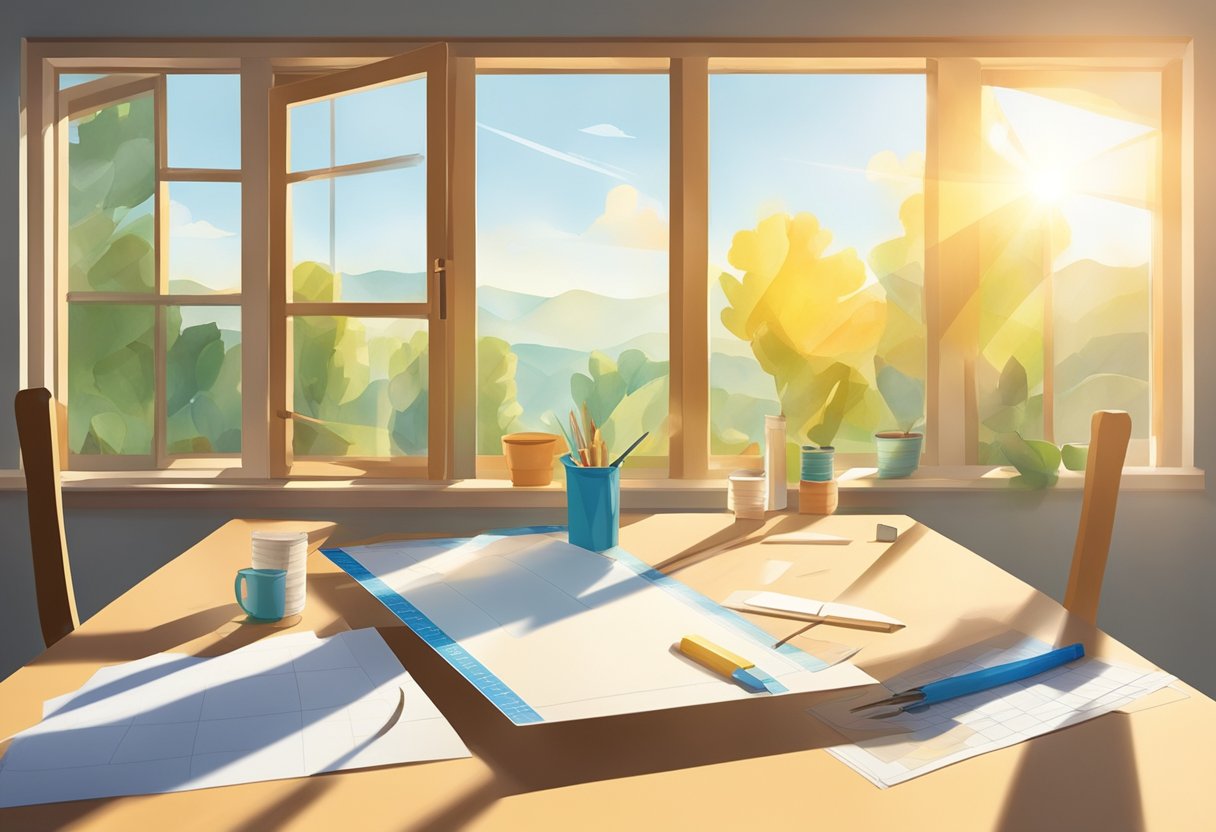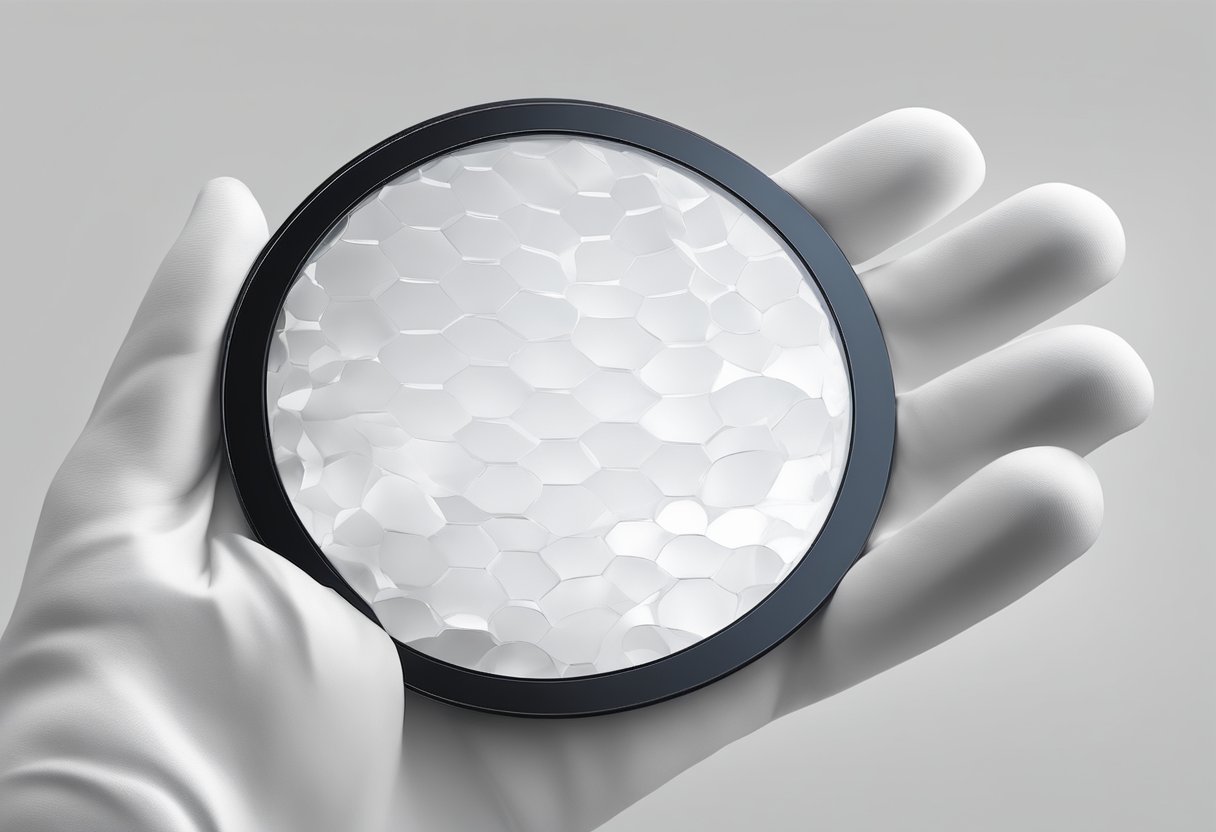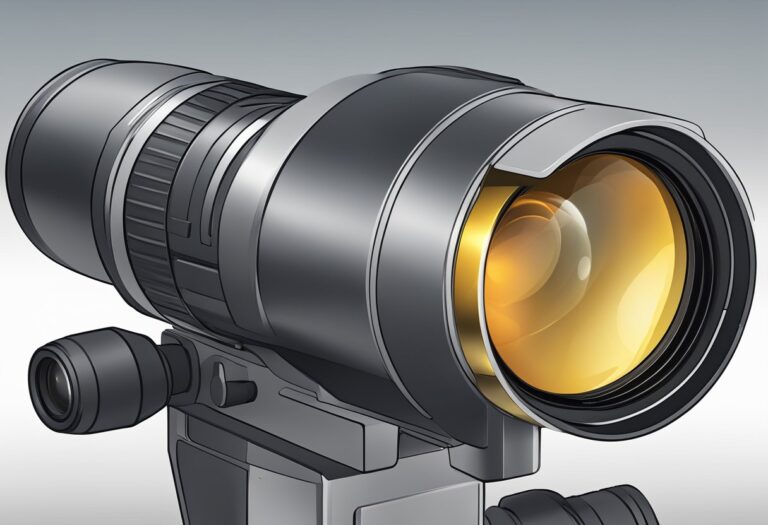Observing a solar eclipse or gazing at the sun’s surface is a compelling experience, but without proper protection, it can be dangerous.
A solar filter is essential for safe solar observation – it shields your eyes from harmful solar radiation while allowing you to enjoy these astronomical events. Making your own solar filter can be a satisfying project that combines safety with the excitement of personal engagement in astronomy.
Building a solar filter involves selecting the right materials that effectively block the intense light of the sun, including its invisible ultraviolet and infrared rays. The construction process is straightforward but requires attention to detail to ensure the filter is secure and effective. After assembly, it’s crucial to test your solar filter before use to confirm that it provides adequate protection.
Additionally, proper maintenance and storage are key to the longevity of the filter, ensuring it can be used safely for many solar viewings.
To make a solar filter safely and on a budget, use specialized solar film, cut it to size, and mount it securely over your telescope or camera. Test the filter for any light leaks or damage before use.
Understanding Solar Filters
Before choosing a solar filter, it’s crucial to understand their types and the benefits they offer. These filters are essential for protecting your eyes and equipment when observing the sun.
Types of Solar Filters
- Glass Solar Filters: These high-quality filters provide excellent clarity and durability. Typically coated with metallic substances, they reflect harmful solar radiation away from the observer.
- Film Solar Filters: A more affordable option, film filters use a thin layer of aluminized polyester to block out harmful rays, making them a portable and convenient choice.
Benefits of Using Solar Filters
- Eye Safety: By filtering out ultraviolet (UV) and infrared (IR) radiation, solar filters protect your eyes from potential harm during solar observations.
- Improved Viewing: Solar filters enhance detail and contrast, allowing you to observe solar phenomena such as sunspots, solar flares, and planetary transits with clarity.
Materials and Tools Required

Before constructing a solar filter for observing the sun safely, you need to select the right type of solar film and assemble the necessary tools.
Selection of Solar Film
You must choose a solar film that’s specifically designed for solar observation. This film reduces the sun’s brightness, allowing for a clear view without harming your eyes. Look for a film with an optical density of 5 or higher, which blocks out 99.999% of the sunlight.
Gathering Necessary Tools
To assemble your solar filter, you will need the following tools:
-
Scissors or a sharp blade to cut the solar film to the proper size.
-
Tape measure or ruler for precise measurements.
-
Double-sided tape or adhesive strips to secure the solar film to the filter’s frame.
-
Poster board or thick paper to create a sturdy frame that holds the solar film.
-
Pen or pencil to mark measurements before cutting.
The Construction Process
Building a solar filter requires precision and attention to detail. Following a systematic approach ensures your filter effectively protects your eyes and equipment from the sun’s intensity.
Measuring the Optics
To begin, accurately measure the optical device you intend to equip with the solar filter. This could be a telescope, camera, or binoculars. Use a ruler or a digital caliper to measure the outer diameter of the optics to ensure the filter fits snugly without slipping off. Record these measurements as they will dictate the size of the filter material you will need to cut.
Cutting the Filter Material
Once you have your measurements, it’s time to cut your filter material. Solar filter sheets can be delicate, so it’s crucial to use a sharp craft knife and a straight edge to achieve a clean cut. Place the filter material on a flat surface and mark the dimensions based on your measurements, allowing for an additional few millimeters to wrap around the edges of the optics. Cut with care to prevent any nicks or tears that could compromise the filter’s effectiveness.
Assembling the Filter
With your filter material cut to the correct size, you can now assemble the solar filter. Secure the material to the optical device using adhesive tape or a series of clips, ensuring there are no gaps or creases. The filter should sit flush against the optics, and there should be no risk of it coming loose. Check for any light leakage around the edges before using your solar filter to observe the sun.
Testing Your Solar Filter
Before using your solar filter for observing solar events, it’s crucial to validate its effectiveness and safety. The following checks will guide you through this process.
Safety Precautions
- Visual Inspection: Check for any scratches, pinholes, or tears by holding your solar filter up to a bright light source. Any damage can render the filter unsafe.
- Non-Optical Surfaces: Ensure that non-optical surfaces like the filter’s frame or mounting are secure and free of defects.
- Proper Fit: Your solar filter should fit snugly over your optical device, with no light leakage around the edges.
Quality Assurance Checks
- Transmittance Test: Using a calibrated sun simulator, confirm that your filter only transmits solar spectra similar to natural sunlight but with drastically reduced intensity.
- Sharpness Test: Attach the solar filter to your telescope or camera and observe a distant, well-defined object to ensure the image remains sharp, suggesting the filter material is uniformly applied and free of distortions.
Maintenance and Storage
Proper maintenance and storage of your solar filter are crucial for ensuring optimal performance and longevity. It’s important to handle the filter correctly to maintain its integrity and protective qualities.
Cleaning the Solar Filter
Before you clean your filter, make sure to check the manufacturer’s guidelines to avoid damage. Begin by using a soft, lint-free cloth to gently wipe the surface, removing any dust or debris. For smudges or tougher grime, prepare a mixture of isopropyl alcohol and distilled water (a 1:1 ratio) and apply it sparingly with a soft cloth, making small circular motions until the surface is clear.
Storing the Filter Safely
When not in use, store your solar filter in a cool, dry place away from direct sunlight. It’s imperative that you use a protective cover or case that is designed to prevent scratches and minimize exposure to moisture or dust. Ensure to label the storage container clearly to avoid accidental damage or misuse.
Frequently Asked Questions
When crafting a solar filter, it’s essential to use the correct materials and follow specific procedures to ensure safety and effectiveness.
What materials do you need to create a DIY solar filter for a telescope?
You need a high-quality solar filtering material, such as Baader Planetarium AstroSolar Safety Film, and a sturdy cardboard frame to hold the film in place over the telescope’s aperture.
How can you safely make a solar filter for binoculars to observe the sun?
Use a pair of pre-made solar filters designed for binoculars or cut a piece of solar filter sheet to cover the objective lenses completely, securing them with adhesive tape and ensuring no unfiltered light passes through.
Can you use Mylar to make an effective solar filter, and how is it done?
Mylar can be used if it’s specifically designed for solar observation. To construct a filter, sandwich a piece of aluminized Mylar between two pieces of cardboard with a circular cut-out that matches the aperture of your observing equipment.
What are the steps to crafting a solar eclipse filter for a DSLR camera?
First, acquire a solar filter sheet safe for photography. Cut the sheet to fit over the camera lens and secure it using a non-adhesive method like a homemade cardboard sleeve or a commercial filter cell to avoid damaging the camera.
How to construct solar glasses for safe sun viewing using proper filter material?
Start with a solar filter material that meets the ISO 12312-2 international safety standard. Cut the material to fit the frames of the glasses, ensuring the lenses are covered completely without any gaps.
What precautions are necessary when making a solar filter for a phone camera?
Ensure your filter material is certified for direct solar viewing. Attach the filter securely over your phone camera’s lens, checking for any damage or pinholes before each use to protect both your eyes and your device’s sensor from the intense solar light.


![Smithsonian Telescope Reviews in [year]](https://observationhobbies.com/wp-content/uploads/2024/01/Smithsonian-Telescope-Reviews-768x525.png)

![Best Headlamp for Astronomy: A [year] Guide](https://observationhobbies.com/wp-content/uploads/2024/01/Best-Headlamp-for-Astronomy-768x525.png)


![Best Telescope Eyepiece for Viewing Planets: Top [year] Picks](https://observationhobbies.com/wp-content/uploads/2024/01/Best-Telescope-Eyepiece-for-Viewing-Planets-768x525.png)